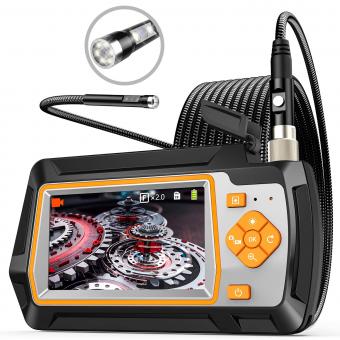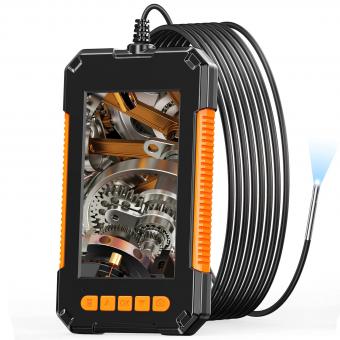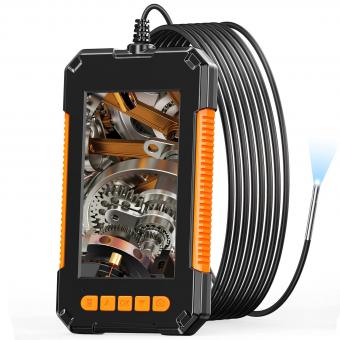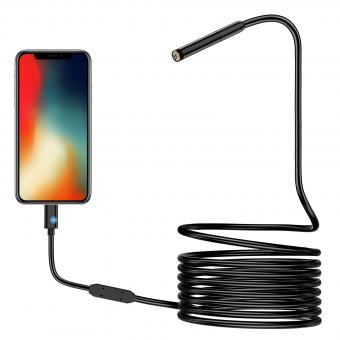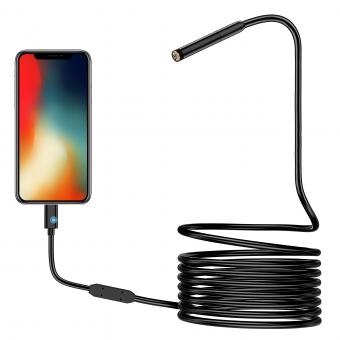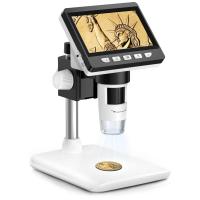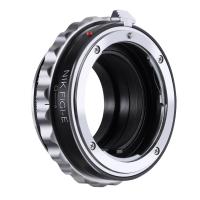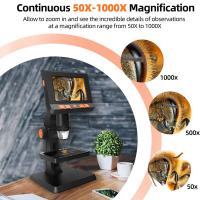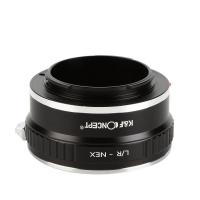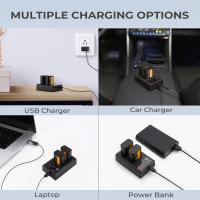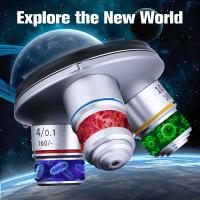What Is The Advantage Of An Endoscope ?
The advantage of an endoscope is its ability to provide minimally invasive visualization and access to internal body structures. It allows for the examination of organs, tissues, and cavities without the need for large incisions or extensive surgery. Endoscopes are equipped with a light source and a camera, which transmit real-time images to a monitor, enabling healthcare professionals to diagnose and treat various conditions. This technology offers several benefits, including reduced patient discomfort, shorter recovery times, lower risk of complications, and improved precision in surgical procedures. Additionally, endoscopes can be used for therapeutic purposes, such as removing polyps, taking biopsies, or performing minimally invasive surgeries.
1、 Minimally invasive diagnostic tool for internal medical examinations.
The advantage of an endoscope lies in its ability to serve as a minimally invasive diagnostic tool for internal medical examinations. Endoscopy involves the use of a long, flexible tube with a light and camera attached to it, allowing doctors to visualize and examine the inside of the body without the need for large incisions or extensive surgery.
One of the key advantages of an endoscope is its ability to provide accurate and detailed visual information about the internal organs and structures. This allows doctors to make more precise diagnoses and develop targeted treatment plans. By directly visualizing the affected area, endoscopy can help identify abnormalities, such as tumors, ulcers, or inflammation, that may not be easily detectable through other imaging techniques.
Furthermore, endoscopy offers several benefits to patients. Compared to traditional open surgery, endoscopic procedures are generally associated with less pain, reduced scarring, and shorter recovery times. This means that patients can experience faster healing and return to their normal activities sooner. Additionally, endoscopy often requires only local anesthesia or mild sedation, making it a safer option for individuals who may not be suitable candidates for general anesthesia.
In recent years, advancements in endoscopic technology have further enhanced its advantages. For instance, the development of high-definition cameras and improved lighting systems has significantly improved the quality of images obtained during endoscopic procedures. This allows for better visualization of small lesions or abnormalities, leading to more accurate diagnoses.
Moreover, the introduction of therapeutic endoscopy has expanded the scope of endoscopic procedures beyond diagnosis. Therapeutic endoscopy enables doctors to perform various interventions, such as removing polyps, stopping bleeding, dilating strictures, or placing stents, all through the same minimally invasive approach. This not only reduces the need for additional surgeries but also minimizes the associated risks and complications.
In conclusion, the advantage of an endoscope as a minimally invasive diagnostic tool for internal medical examinations is evident. Its ability to provide detailed visual information, along with the benefits of reduced pain, scarring, and recovery time, make it a valuable tool in modern medicine. With ongoing advancements, endoscopy continues to evolve, offering even more precise and effective diagnostic and therapeutic options for patients.

2、 Provides real-time visualization of internal organs and structures.
The advantage of an endoscope is that it provides real-time visualization of internal organs and structures. This allows medical professionals to directly observe and assess the condition of these organs without the need for invasive surgery. Endoscopes are thin, flexible tubes equipped with a light source and a camera at the tip, which can be inserted into the body through natural openings or small incisions.
One of the key benefits of endoscopy is its ability to provide immediate visual feedback. By inserting the endoscope into the body, doctors can visualize the internal organs and structures in real-time on a monitor. This allows for accurate diagnosis and evaluation of various conditions, such as gastrointestinal disorders, respiratory issues, and urological problems. The real-time visualization also enables doctors to guide their instruments and perform minimally invasive procedures, such as biopsies, removal of polyps, or even surgeries, with precision.
Moreover, endoscopy reduces the need for more invasive procedures like open surgery. By avoiding large incisions, endoscopic procedures result in less pain, reduced scarring, and faster recovery times for patients. This minimally invasive approach also lowers the risk of complications and infections associated with traditional surgery.
In recent years, advancements in endoscopic technology have further enhanced its advantages. High-definition cameras and improved lighting systems provide clearer and more detailed images, allowing for better visualization of even the smallest structures. Additionally, the development of flexible endoscopes with articulating tips enables doctors to navigate through complex anatomical pathways with greater ease and accuracy.
Overall, the advantage of an endoscope lies in its ability to provide real-time visualization of internal organs and structures, allowing for accurate diagnosis, minimally invasive procedures, and improved patient outcomes. With ongoing advancements in technology, endoscopy continues to play a crucial role in modern medicine.
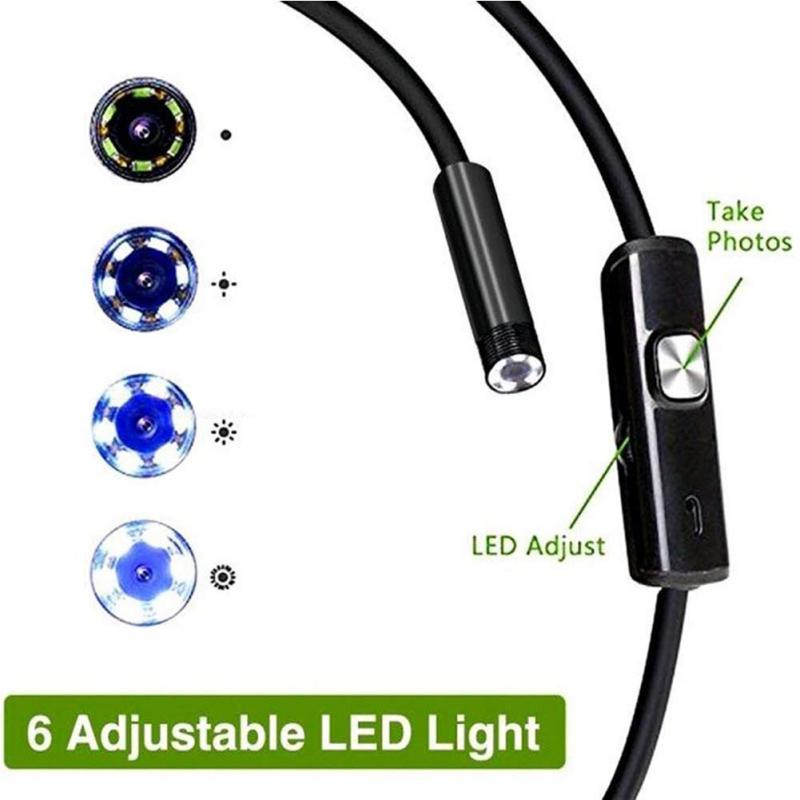
3、 Reduces the need for open surgery and associated risks.
The advantage of an endoscope is that it reduces the need for open surgery and associated risks. Endoscopy is a minimally invasive procedure that allows doctors to examine and treat various conditions inside the body using a long, flexible tube with a light and camera attached to it. This technique has revolutionized the field of medicine by providing a less invasive alternative to traditional open surgery.
One of the main advantages of an endoscope is that it eliminates the need for large incisions, which significantly reduces the risk of complications such as infection, bleeding, and scarring. With endoscopy, only small incisions or natural body openings are required, resulting in faster recovery times and less post-operative pain. Patients can often go home the same day or within a short period after the procedure.
Furthermore, endoscopy allows for more precise and targeted interventions. The camera attached to the endoscope provides high-definition images of the internal organs, allowing doctors to visualize and diagnose conditions accurately. This enables them to perform targeted treatments, such as removing polyps, taking biopsies, or repairing damaged tissues, with minimal disruption to surrounding healthy tissues.
In recent years, technological advancements have further enhanced the advantages of endoscopy. For example, the development of flexible endoscopes with improved maneuverability has expanded the range of procedures that can be performed using this technique. Additionally, the integration of advanced imaging technologies, such as high-resolution imaging and fluorescence imaging, has improved the detection and diagnosis of diseases.
Overall, the advantage of an endoscope lies in its ability to reduce the need for open surgery and associated risks. It offers patients a less invasive option with faster recovery times, less pain, and fewer complications. With ongoing advancements in endoscopic technology, the potential for further improvements in patient outcomes and the expansion of endoscopic procedures continues to grow.
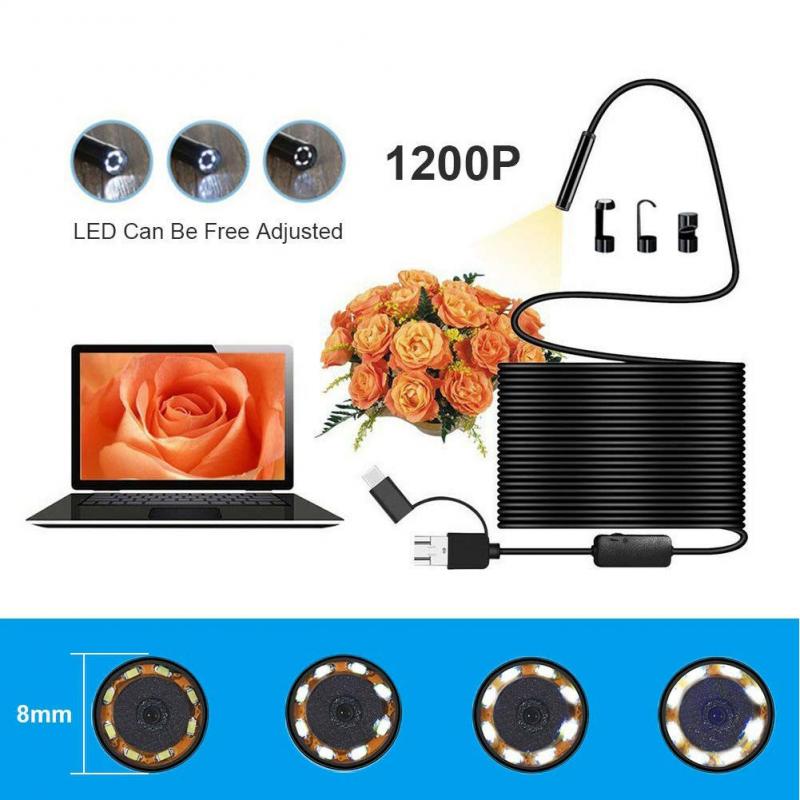
4、 Enables targeted biopsies and precise interventions.
The advantage of an endoscope is that it enables targeted biopsies and precise interventions. Endoscopy is a minimally invasive procedure that uses a long, flexible tube with a light and camera attached to it, called an endoscope, to visualize and examine the internal organs and structures of the body. This technology has revolutionized the field of medicine by providing doctors with a non-surgical means of diagnosing and treating various conditions.
One of the key advantages of an endoscope is its ability to perform targeted biopsies. During an endoscopic procedure, the doctor can guide the endoscope to the specific area of concern and take tissue samples for further analysis. This allows for a more accurate diagnosis of conditions such as cancer, gastrointestinal disorders, and respiratory diseases. Targeted biopsies reduce the need for more invasive procedures, such as open surgery, and provide patients with a quicker and less painful diagnostic process.
In addition to targeted biopsies, endoscopes enable precise interventions. The endoscope can be equipped with various tools, such as forceps, scissors, and lasers, which can be used to perform therapeutic procedures. For example, in gastrointestinal endoscopy, doctors can remove polyps, stop bleeding, dilate strictures, and even place stents to relieve obstructions. These interventions can be done with minimal trauma to the patient, resulting in faster recovery times and reduced risks of complications.
The latest advancements in endoscopic technology have further enhanced its advantages. For instance, the development of high-definition cameras and improved imaging techniques has significantly improved the visualization of the internal organs, allowing for more accurate diagnoses. Additionally, the miniaturization of endoscopes has made it possible to access smaller and more delicate areas of the body, expanding the range of conditions that can be diagnosed and treated using endoscopy.
In conclusion, the advantage of an endoscope lies in its ability to enable targeted biopsies and precise interventions. This minimally invasive procedure has transformed the field of medicine by providing doctors with a non-surgical means of diagnosing and treating various conditions. With ongoing advancements in endoscopic technology, the benefits of endoscopy continue to expand, offering patients a safer, more accurate, and less invasive approach to healthcare.


